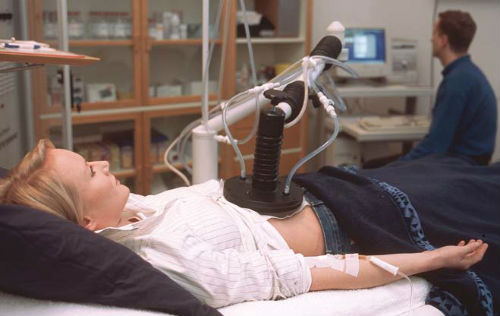“Hyperthermia enhances the susceptibility of tumors to radiotherapy (RT) and chemotherapy,” wrote SG Yeo in a case report in published in Experimental and Therapeutic Medicine. Oncothermia (OT), sometimes called electro-hyperthermia, was developed to improve upon traditional therapeutic hyperthermia. The new method is said to be able to selectively deliver thermal energy more directly to malignant tissues.
Dr. Yeo reports the outcome following the use of combined OT and RT in a 75-year-old patient with stage IIIB non-small-cell lung cancer (NSCLC). Due to the patient’s performance status and advanced age, the combination of systemic chemotherapy and RT was not feasible. The patient decided instead to undergo OT concurrently with definitive RT.

The RT was administered at a dose of 64.8 Gy in 36 fractions using a 3-dimensional conformal plan technique, Dr. Yeo reported. Oncothermia was started concomitantly with RT and was performed for 60 minutes per session, 2 sessions per week, for a total of 12 sessions. Dr. Yeo reported just no severe toxicities. One important reported toxicity was mild odynophagia, which resolved soon after treatment was stopped.
“Follow-up computed tomography showed complete tumor response, and the patient was alive with no evidence of the disease 18 months after the completion of the treatment. In conclusion, the present case report suggests that oncothermia combined with RT, with the former possessing radiosensitizing potential and no additional toxicities, may be a promising alternative for advanced-age and/or frail patients with locally advanced NSCLC,” Dr. Yeo wrote.
